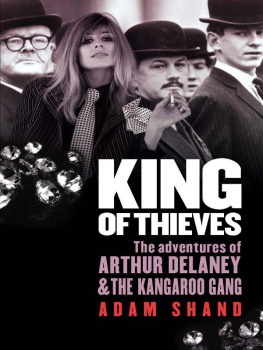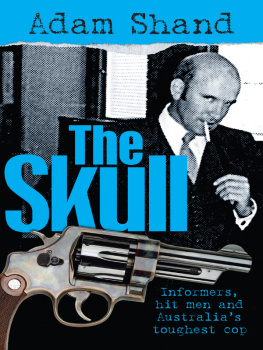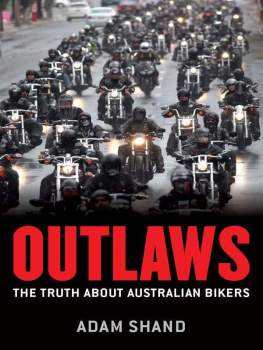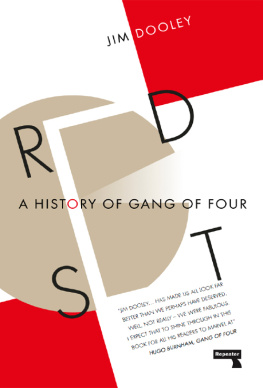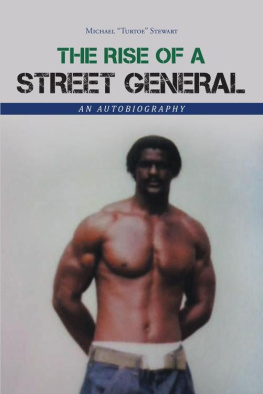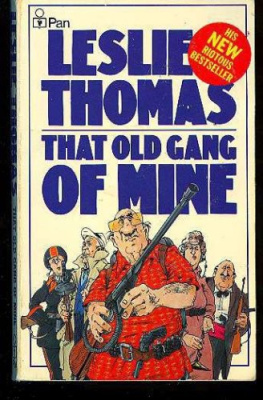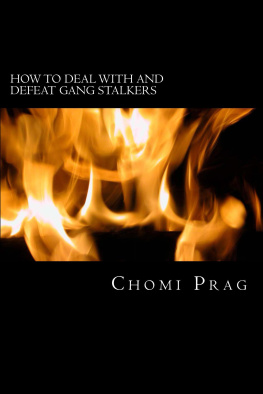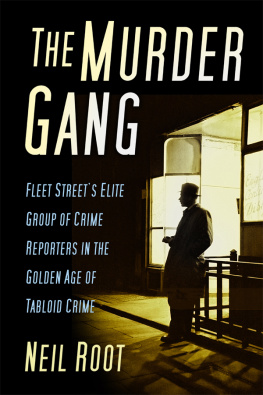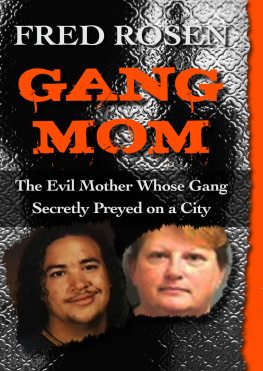King of Thieves
King of Thieves
Adam Shand

First published in 2010
Copyright Adam Shand 2010
All rights reserved. No part of this book may be reproduced or transmitted in any form or by any means, electronic or mechanical, including photocopying, recording or by any information storage and retrieval system, without prior permission in writing from the publisher. The Australian Copyright Act 1968 (the Act) allows a maximum of one chapter or 10 per cent of this book, whichever is the greater, to be photocopied by an educational institution for its educational purposes provided that the educational institution (or body that administers it) has given a remuneration notice to Copyright Agency Limited (CAL) under the Act.
Allen & Unwin
83 Alexander Street
Crows Nest NSW 2065
Australia
Phone: (61 2) 8425 0100
Fax: (61 2) 9906 2218
Email: info@allenandunwin.com
Web: www.allenandunwin.com
Cataloguing-in-Publication details are available
from the National Library of Australia
www.librariesaustralia.nla.gov.au
ISBN 978 1 74237 147 4
Set in 12/14.5pt Adobe Garamond by Midland Typesetters, Australia
Printed and bound in Australia by Griffin Press
10 9 8 7 6 5 4 3 2 1

For my children Noliwe and Jack.
And for those who live in the moment.
22 June 1990. New Bond Street, London W1
T he long journey had returned the King to where his legend had begun. Lost to authorities in transit, the master thief was back in London. He should have been in a jail cell in Australia, but events had taken a different turn.
The next few minutes would write the final chapter of his story, he thought.
For now, he was free, walking through the most expensive shopping precinct in the world. En route to the biggest job of his career he felt no fear, just a calm and clear resolve. There was no plan in his mind, only the outcome he desired. The how was already in his pocket, a flat piece of lead, the size of a key.
What mattered now was to move with the f low without hesitation and to react instinctively to the slightest change. It was a state of mind beyond confidence. It was an acute awareness of everything and everyone around him, even of the energy moving unseen between people. It was an aerial view of the scene. The thief would contrive a moment when he could simply disappear.
After 40 years and countless hundreds of jobs, the King was still hoisting to survivejust as he had when he learnt the trade in Sydney. He had never had a bank account or a mortgage, much less owned a home. He lived from a suitcase, hotel to hotel across the globe. Always travellingalways working, gambling, drinking and philandering in an endless cycle.
There was no trace of an Australian accent anymore. You would have sworn he was English, a proper gent in his hounds-tooth jacket. He carried no papers. The well-used passport stored in a bank safe deposit box identified him as James Duffield, 60, a native of North London. But that James Duffield had never left the country. He had never been beyond Southend-on-Sea, in fact. Jimmy Duff was a regular drinker at the Crowndale, a pub in Chalk Farm once notorious as HQ for the best thieves in London and much else besides. The man strolling down Bond Street this grey summer morning was of a different cut. He exuded worldliness, he was a globetrotter, perfectly dressed and groomed.
He had left Australia as the Duke in 1962, but now, by virtue of his style and record, he liked to be known as the King. Few would argue.
There was a courtly sway from the hips in his walk, reminiscent of the Bond Street loungers of the seventeenth century, the foppish wasters who paraded themselves like gentlemen around Mayfair. A lounger was derided as a man with two suits back then and that aptly described the King 300 years later. At 60 he wasnt up for running. Beneath the floppy hair and tailored clothes, he was gaunt and thin, hollowed out by cancer, but in remission he would have his moment, one last hurrah in Mayfair. He was the last of the Kangaroo Gangthe King with his small band of subjects.
Most of the Aussies had been cleaned out by the cops or gone into the drug business years before. Many were dead, some of the best of them. In the mid 1960s the Kangaroo Gang had been 60-strong, a network of mercenaries working for five master thieves, elusive, ever changing, a parade of career criminals in their prime. Add to that a bevy of young Australian women seeing the world for the first time. Most of them would return to Australia to lead honest productive lives, but for a short, fabulous time they would enjoy an experience straight out of the movies.
Perhaps it was the age or it was something special in these men and women that gave them such confidence. For a dozen years, they had run amok across the globe stealing jewels, furs and any luxury item they could lay their light fingers on. Their success and how it was achieved seems unbelievable, mythical almost. They had stolen more than a hundred million pounds worth of treasure in broad daylight. There was no violence, never a firearm was drawn or even carried. They had never so much as broken a window during a job. It was hard to believe, but the King had been there from the beginning and had seen it all.
Now, of the master thieves, only he, Arthur William Delaney, remained. With him today were the remnants of the Kangaroo Gang. Petite Philippe, a disinherited French count, walked beside him flashing his Gallic charm at women passers-by. The others were coming at the target from various directions. It would not pay to approach in one group. There were a couple of Australians still; John Bimbo James and the Colonel had been with Arthur since the 1970s. Some ring-ins took the raiding partys total complement to ten, enough to control the scene.
Arthur took his time strolling down New Bond Street. He glanced at his reflection in the windows of the fine stores: Cartier, Dior, Watches of Switzerland, Piaget, Chopard, Van Cleef & Arpels, Yves St Laurent, Gucci, Tiffany and Graff Diamonds. He had robbed them all over the years, if not here, somewhere around the world. Many of the old names were long gone, but there were new brands to replace them, beautiful new treats to mesmerise and captivate. It had always puzzled Arthur why anyone would waste time on ancient ruins, musty art galleries and museums when there were sights like these to enjoy.
The street had changed for sure. They hadnt seen him coming in those early days. They hadnt imagined a thief like Arthur could exist. But in 1990, Mayfair was ready for him, or so the Bond Street Association believed. At every door a burly shop detective stood watch, scanning the street for anything sinister. The former policemen and ex-soldiers kept in contact through their earpieces, relaying observations up and down the street. Any suspicious characters would be noted and tracked before they got halfway down the narrow one-way street. But the thieves were in fact a secondary concern that day.
The West End was on high alert as the Irish Republican Army had stepped up its campaign of London bombings in support of self-rule in Northern Ireland. A month earlier, the IRA had detonated a bomb under a mini-bus at Wembley, killing a soldier and injuring another. A month later, the Irish bombers would strike the London Stock Exchange two and a half miles away, blowing a ten-foot hole in the wall. In 1993, after a string of IRA attacks, authorities would create the Ring of Steel, a network of street-based surveillance cameras around the financial district and the West End which would change life in London forever.
Next page
